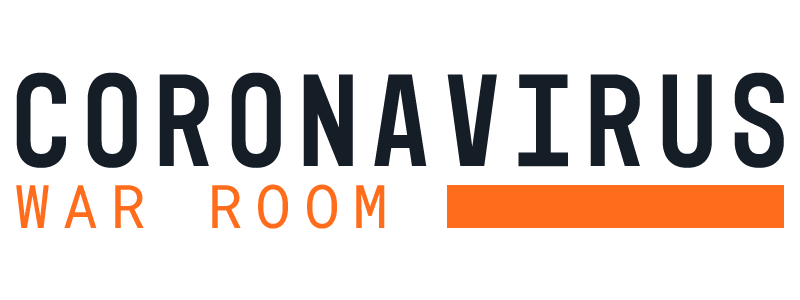74% of Americans, Including 50% of Republicans, Support Key Provisions in the ARP
Republicans’ Watered Down “Relief” Proposal Slashes Billions in Much-Needed Aid
GOP Plan Cuts Relief Checks, Unemployment Benefits, School Aid, Zeroes Out Housing Relief and Funds for State and Local Governments
The coronavirus crisis is dragging on, bringing death, economic hardship, and devastation upon American families. Nearly 450,000 people have lost their lives, unemployment claims continue to outpace even the worst weeks of the Great Recession, and the Biden Administration is still working to rectify the nation’s vaccine distribution system after Donald Trump left it in shambles.
A crisis of this magnitude requires robust, multi-pronged relief to contain the virus, and protect the health and economic wellness of American families. President Biden’s American Rescue Plan — widely praised by economists and experts — does just that; and it is immensely popular with Americans of all political stripes.
But Republicans are obstructing the American Rescue Plan and choosing instead to offer a miniscule alternative that fails to meet the urgency of this crisis. Relying on bogus, hypocritical arguments about “unity” (and trashing the budget reconciliation process they once used to try and take health care from millions of Americans and to give tax breaks to the wealthy) Republican senators are pushing the Biden Administration to water down the American Rescue Plan by slashing funding and stripping it of key provisions that are wanted — and needed — by most Americans.
Details: The American Rescue Plan vs The GOP’s “Compromise” Proposal
| American Rescue Plan
$1.9 Trillion |
GOP “Compromise” Proposal
$618 Billion |
|
| State and Local Aid | Allocates $350 Billion to state and local governments, including $20 billion for transit and $20 billion for tribal governments; includes $3 billion for the Economic Development Administration; keeps frontline workers on the job and paid; Supports communities nationwide in responding to unique needs brought about by the pandemic | Does not provide state and local funding |
| Direct Stimulus Payments | Boosts direct stimulus payments by $1,400 to $2,000 | Slashes additional relief checks by $400 to $1000, payments capped at $50K for singles and $100k for families. |
| Enhanced Unemployment | Extends federal unemployment benefits through September, and expands the federal supplement to $400/wk | Slashes enhanced unemployment benefits back to $300/ wk, cuts months of benefits by ending aid in June |
| Housing Assistance | Provides $30 billion in rental assistance, plus $5 billion to help individuals who are homeless or at risk of becoming homeless | Does not mention housing assistance |
| Health Care | Subsidizes COBRA coverage through September to protect Americans who have lost work-based health care; Increases and expands ACA subsidies so enrollees don’t need to pay more than 8.5% of their income for coverage; includes $20 billion for veterans’ health care | No provisions for health care coverage; no funding for veterans’ health care. |
| Schools and Child Care | Allocates $170 billion for K-12 schools and higher education institutions to reopen safely; Provides $25 billion to assist child care providers | Cuts funding for k-12 schools and child care providers to just $20 billion each. |
| Child Tax Credit | Increases the child tax credit to $3,000 per child; tax credit would be fully refundable for households with no tax liability | Excludes child tax credit |
| Direct COVID Pandemic Response | Assigns $160 billion in funding for vaccine distribution, testing, PPE, sequencing and analytics; calls for hiring 100,000 public health workers | Matches ARP’s allocation of $160 billion for vaccines, testing, supplies, etc |
| Small Business Relief | Provides $15 billion in grants for small business, plus state and local aid for low-interest loans to businesses | Provides $50 billion for the Paycheck Protection Program and the Economic Injury Disaster Loan program |
| Nutrition Assistance | Extends 15 percent SNAP benefit increase through September; invests $3 billion in WIC; bolsters NAP block grant by $1 billion | Extends SNAP through September, invests $3 billion in WIC, bolsters NAP by $1 billion |
| Paid Leave | Extends emergency paid leave through the end of September; Expands paid leave to include federal workers and closes loopholes to extend paid leave to 106 million workers | Does not mention paid leave |
| Additional Assistance | Provides $1 billion in additional assistance to low-income households through the Temporary Assistance to Needy Families Program; Expands the Earned Income Tax Credit; Raises minimum wage to $15/hr | Excludes tax credits for low-income families, does not mention the Temporary Assistance to Needy Families Program, excludes minimum wage increase |
